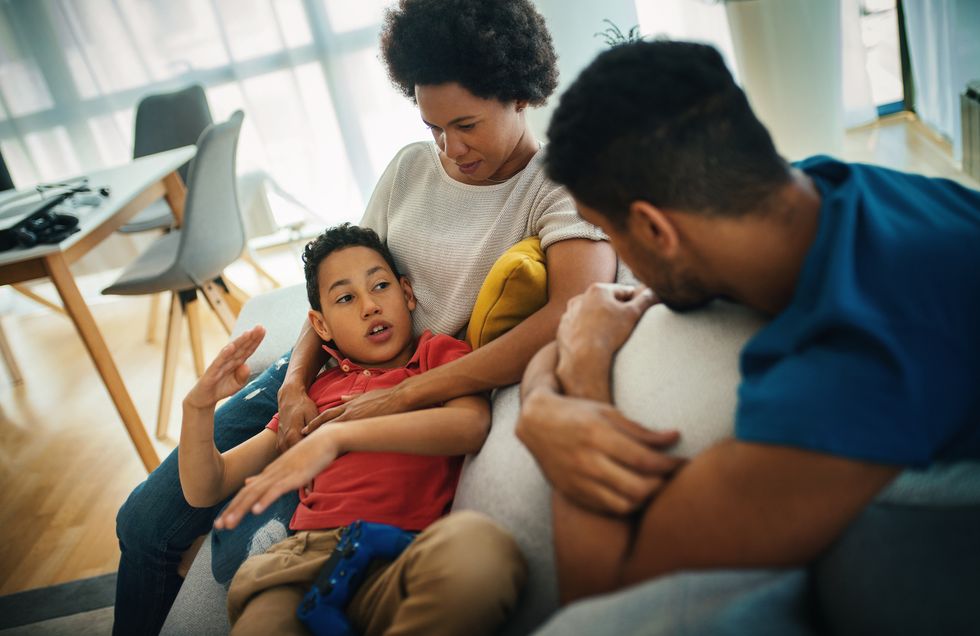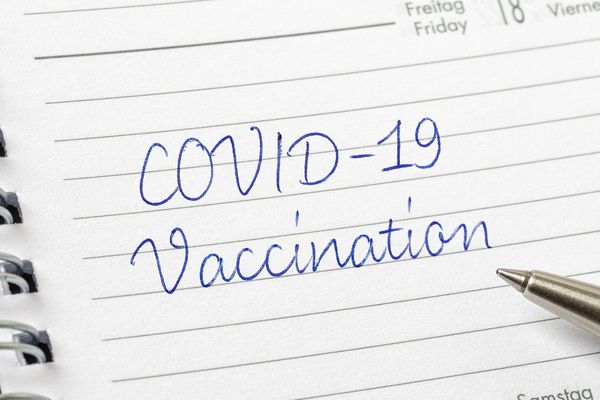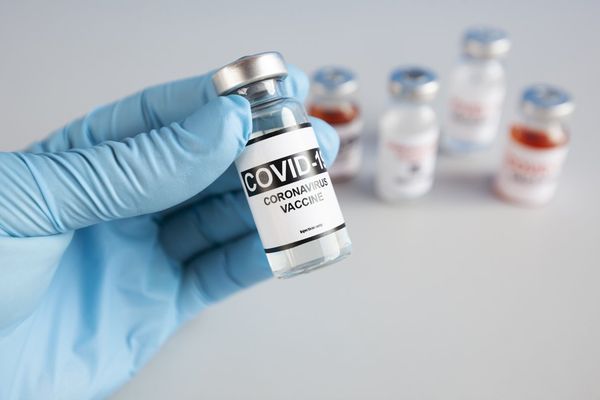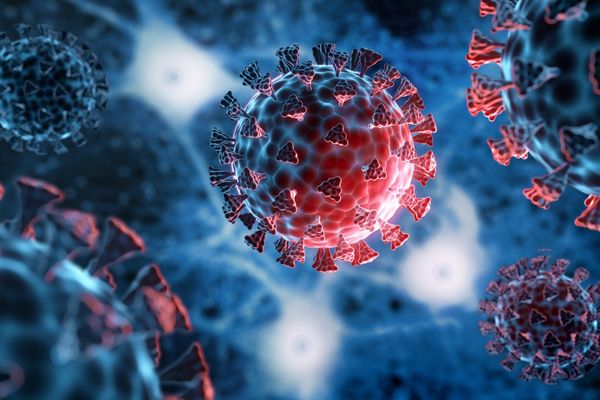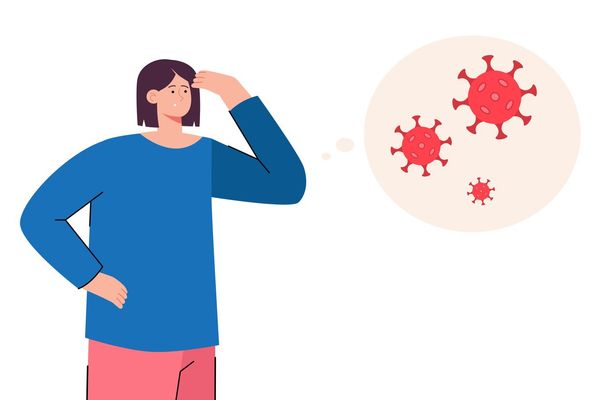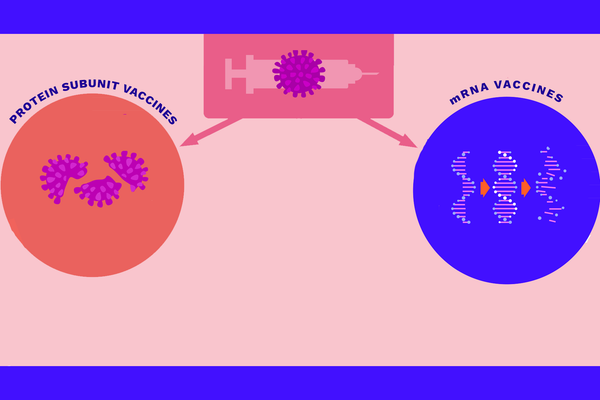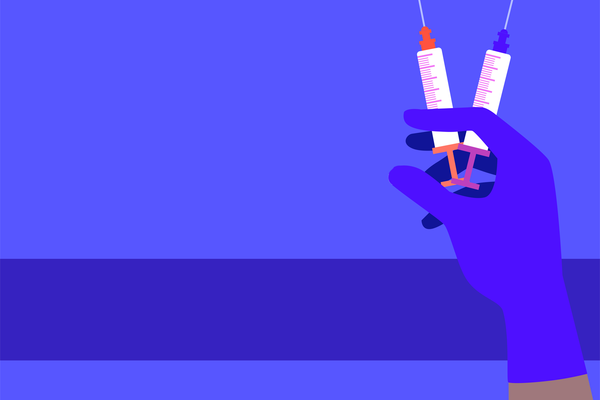By Bernard J. Wolfson, Kaiser Health News
Even before the May 25 killing of George Floyd in police custody drew large crowds of protesters into the streets of U.S. cities, people were beginning to throng beaches, bars and restaurants. Whether for economic, social or political reasons, our home confinement seems to be ending.
Or is it?
Public health officials warn that a hasty reopening will generate a second wave of COVID-19 infections. That could delay a return to economic and social normalcy ― or even force us back under house arrest ― as long as there's no reliable therapy or vaccine.
So while it may seem counterintuitive as people finally come out of the woodwork, now is an opportune moment to talk about doubling down on preparations for the duration of the pandemic. Indeed, the conversation is as important as ever, since social distancing has begun to fade, heightening the risk of spreading infection.
"It's good to be prepared," says Dr. Alex Chen, chief medical officer of Health Net of California, which insures over 3 million of the state's residents.
Nobody can be 100% safe from the coronavirus, and the extent of your preparations will depend on your anxiety level, personality and resources.
Everyone should at least follow the standard advice, which in my home ― and, I suspect, in many others — demands frequent reiteration: Wash your hands often for at least 20 seconds. Wipe down commonly used surfaces in the house with disinfectants, especially as people come and go. The Environmental Protection Agency (www.epa.gov) publishes a list of agents that neutralize the COVID-19 virus.
And be sure to have a face mask or other facial covering to wear when you go out.
If you want to avoid frequent trips outside the house, stock up on food and prepare a kit containing painkillers, fever reducers, allergy and cold medications and a thermometer (if you can find one). Oh, and stop worrying about toilet paper; it has reappeared on many store shelves.
Sangeeta Ahluwalia, a senior health policy researcher at the Santa Monica-based think tank Rand Corp. and a mother of two young girls, keeps an ample supply of food, prescription drugs and over-the-counter medicines on hand, so she can be "as homebound as possible."
She and her husband have packed bags in case one of them needs to go to the hospital, and she has programmed directions into the GPS systems of their cars.
"I definitely realize I'm not the average person when it comes to this," Ahluwalia says.
Be Digitally Prepared
As we've learned from the first round of the epidemic, digital capability is also essential. The need for reliable Wi-Fi and videoconferencing technology is a no-brainer if you work remotely. It's important for other reasons, too.
"Everybody should know how to use Zoom or some other video app, so they can talk to their friends. Loneliness makes any of us feel anxious or sad," says Dr. Bob Kocher, a senior fellow at the Leonard D. Schaeffer Center for Health Policy and Economics at USC and a partner focusing on health care information technology at Venrock, a venture capital firm in Palo Alto, California.
Such technology also comes in handy for conversations with your doctor. (If you don't have a regular doctor, try to find one.) During the pandemic, many physicians and hospitals are strongly encouraging, and in some cases insisting on, virtual rather than face-to-face visits — at least until they diagnose a problem requiring direct physical treatment.
Most insurers are waiving their enrollees' out-of-pocket costs for such telehealth visits if they are related to diagnosing COVID-19, and many health plans are waiving cost sharing for all telehealth visits — though some patients are still getting billed for them.
Call your health plan and ask about its policy on paying for telehealth. Many health plans contract with a telehealth company such as Teladoc, Doctor on Demand or MD Live. Keep the contact number or app handy.
With enough information, a doctor can use a digital consultation to prescribe medications, suggest ways to resolve your symptoms without an in-person appointment or determine if you need to come in.
If you are having a virtual visit rather than going to the doctor's office, your physician might appreciate readings from one of the wearable or other internet-connected devices that track vital signs such as heart rate, blood pressure and blood sugar.
"People know if they are starting to feel bad. The benefit of the wearable technology is you have real data you can describe to your doctor," says Steve Koenig, vice president of market research for the Consumer Technology Association in Arlington, Virginia.
But buyer (and doctor) beware: Accuracy varies among the different technologies. You can research them at multiple websites, including Tom's Guide (www.tomsguide.com), Consumer Reports (www.consumerreports.org) and The Wirecutter (www.wirecutter.com).
Many physicians recommend that people at high risk of getting seriously ill from COVID-19 purchase a pulse oximeter, if they can afford it. Pulse oximeters are small electronic devices that typically clip onto a finger to measure your blood oxygen and your heart rate. They have been in high demand and short supply since the discovery that oxygen levels in some COVID-19 patients drop to dangerously low levels before they begin to feel ill.
The cost of these gadgets ranges from under $50 to over $1,000, but as with the apps and wearables, their accuracy may vary widely.
You can read reviews of pulse oximeters and order one online, but it will likely take more than a month to arrive.
"I think it's better to order it and wait until it comes, because we are going to be in this for the long haul," says Dr. David Eisenman, a professor at UCLA's David Geffen School of Medicine and the Fielding School of Public Health.
Another technological tool you might consider is one of the so-called contact tracing apps, with names such as Care19, CovidSafe, Covid Watch and NOVID. Downloaded to smartphones, they record your movements over several days and alert you if you've been in proximity to someone who is infected with or has been exposed to the virus — but only if that person also has downloaded the app and reports honestly.
As more people use such apps and share their information, the tools will become more effective, public health experts say. But so far, they have been poorly received in the United States — due in large part to privacy concerns. Google and Apple, which launched an app last month, cited privacy in their decision to withhold key data from public health officials who are trying to track the disease.
Still, some health professionals say the mere existence of these apps is a good start.
"Even a small number of people doing this will be helpful," says Kocher. "It will help contact tracers from the county or elsewhere if people they contact have downloaded one of these apps."

